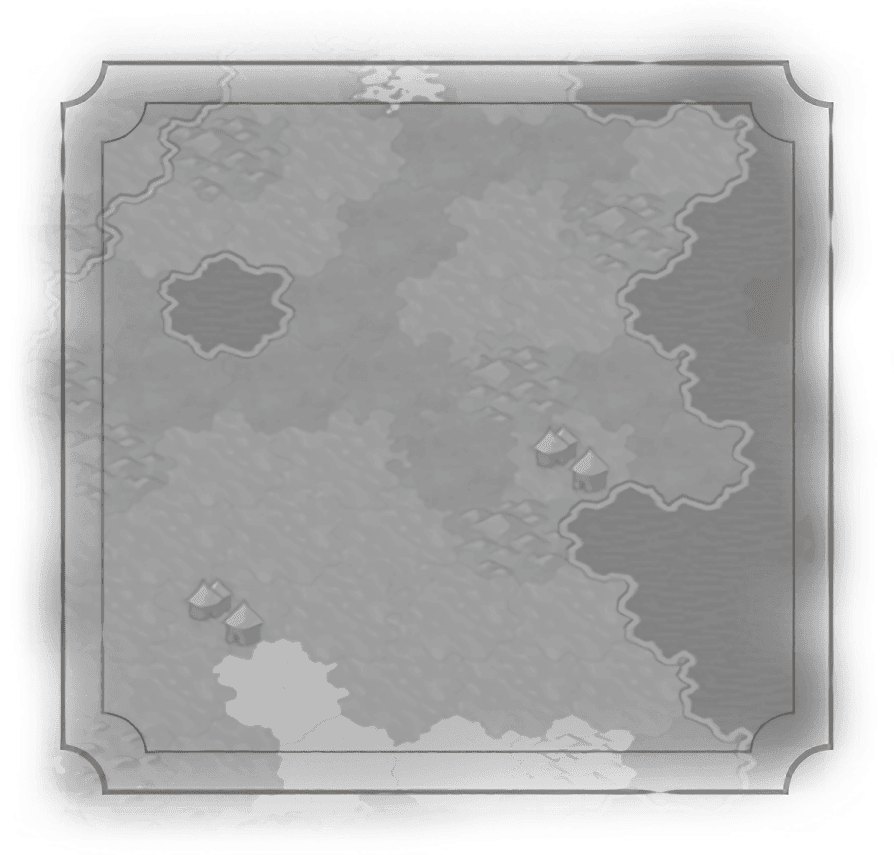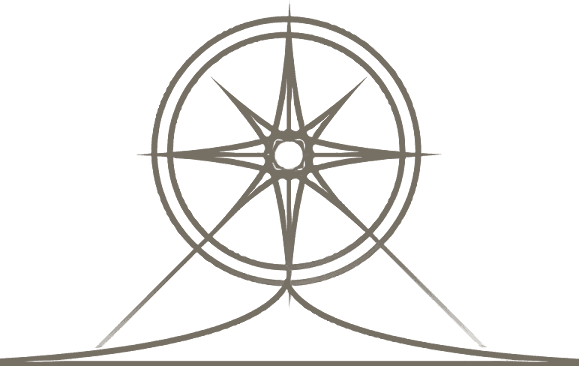Improvements
Airstrip
Alcázar
Barricade
Batey
Cahokia Mounds
Camp
Château
Chemamull
City Park
Colossal Head
Corporation
Farm
Feitoria
Fishery
Fishing Boats
Fort
Geothermal Plant
Golf Course
Great Wall
Hacienda
Ice Hockey Rink
Industry
Kampung
Kurgan
Lumber Mill
Mahavihara
Mekewap
Mine
Missile Silo
Mission
Moai
Modernized Trap
Monastery
Mountain Tunnel
Nazca Line
Nubian Pyramid
Offshore Oil Rig
Offshore Wind Farm
Oil Well
Open-Air Museum
Outback Station
Pā
Pairidaeza
Pasture
Plantation
Polder
Qhapaq Ñan
Quarry
Reinforced Barricade
Rock-Hewn Church
Roman Fort
Seaside Resort
Seastead
Ski Resort
Solar Farm
Sphinx
Stepwell
Terrace Farm
Trading Dome
Trap
Vampire Castle
Wind Farm
Ziggurat
Routes


Moai
Description
Unlocks the Builder ability to construct a Moai.
+1 Culture. +1
Culture. +1  Culture for every 2 adjacent Moai. +2
Culture for every 2 adjacent Moai. +2  Culture if on or adjacent to a Volcanic Soil tile. +1
Culture if on or adjacent to a Volcanic Soil tile. +1  Culture if adjacent to a Coast or Lake tile . Additional
Culture if adjacent to a Coast or Lake tile . Additional  Culture and
Culture and  Tourism as you advance through the Civics and Technology Tree. Can be built on Plains, Plains Hills, Grassland, Grassland Hills, or Volcanic Soil. Cannot be placed adjacent to a Woods or Rainforest tile.
Tourism as you advance through the Civics and Technology Tree. Can be built on Plains, Plains Hills, Grassland, Grassland Hills, or Volcanic Soil. Cannot be placed adjacent to a Woods or Rainforest tile.
+1
 Culture. +1
Culture. +1  Culture for every 2 adjacent Moai. +2
Culture for every 2 adjacent Moai. +2  Culture if on or adjacent to a Volcanic Soil tile. +1
Culture if on or adjacent to a Volcanic Soil tile. +1  Culture if adjacent to a Coast or Lake tile . Additional
Culture if adjacent to a Coast or Lake tile . Additional  Culture and
Culture and  Tourism as you advance through the Civics and Technology Tree. Can be built on Plains, Plains Hills, Grassland, Grassland Hills, or Volcanic Soil. Cannot be placed adjacent to a Woods or Rainforest tile.
Tourism as you advance through the Civics and Technology Tree. Can be built on Plains, Plains Hills, Grassland, Grassland Hills, or Volcanic Soil. Cannot be placed adjacent to a Woods or Rainforest tile.Historical Context
On the tiny Pacific island of Rapa Nui, the Polynesian population created one of the most haunting and majestic works of art in the world: Nearly a thousand huge stone statues of human figures, each weighing tons, carved from the volcanic tuff of an extinct volcano. Moai were carved for a few centuries on the island before the practice ended, but the process of carving and erecting these monuments contributed to the environmental decline of the island.
Each moai was hewn out of the rock as a single piece, working until the back of the body was connected to the original rock by a thin “keel.” A moai could be abandoned mid-construction if the rock was found to be inappropriate, either by the inclusion of too-hard material or flaws within the rock itself. The largest moai on the island was abandoned before its completion. These were then moved miles away to rest on raised platforms called ahu, but the method of transportation is still hotly disputed.
Moai were fitted with hat-like objects of red scoria, called pukao, and probably had white coral eyes with dark stone pupils. Each moai is assumed to be an effigy of the chief who commissioned it, and the larger the moai, the greater the chief's mana. This led to ever-larger moai, requiring greater labor suppies and materials to complete. It is likely that this cycle led to deforestation and civil strife, as a greater and greater proportion of the labor and resources of the island went into moai creation.
There is archaeological evidence for considerable social upheaval on Rapa Nui after the moai-building period. A European visitor to the island in 1722 reported that most of the moai had been toppled from their ahu. Today many of the moai have been restored to their ahu, and the moai are a UNESCO World Heritage site.
Each moai was hewn out of the rock as a single piece, working until the back of the body was connected to the original rock by a thin “keel.” A moai could be abandoned mid-construction if the rock was found to be inappropriate, either by the inclusion of too-hard material or flaws within the rock itself. The largest moai on the island was abandoned before its completion. These were then moved miles away to rest on raised platforms called ahu, but the method of transportation is still hotly disputed.
Moai were fitted with hat-like objects of red scoria, called pukao, and probably had white coral eyes with dark stone pupils. Each moai is assumed to be an effigy of the chief who commissioned it, and the larger the moai, the greater the chief's mana. This led to ever-larger moai, requiring greater labor suppies and materials to complete. It is likely that this cycle led to deforestation and civil strife, as a greater and greater proportion of the labor and resources of the island went into moai creation.
There is archaeological evidence for considerable social upheaval on Rapa Nui after the moai-building period. A European visitor to the island in 1722 reported that most of the moai had been toppled from their ahu. Today many of the moai have been restored to their ahu, and the moai are a UNESCO World Heritage site.

Traits
Unique To
+1  Culture
Culture
 Culture
CultureAdjacency Bonus
+1  Culture from every 2 adjacent Moai tiles.Becomes obsolete with Medieval Faires.
Culture from every 2 adjacent Moai tiles.Becomes obsolete with Medieval Faires.
 Culture from every 2 adjacent Moai tiles.Becomes obsolete with Medieval Faires.
Culture from every 2 adjacent Moai tiles.Becomes obsolete with Medieval Faires.+1  Culture from each adjacent Moai tile.Requires Medieval Faires.
Culture from each adjacent Moai tile.Requires Medieval Faires.
 Culture from each adjacent Moai tile.Requires Medieval Faires.
Culture from each adjacent Moai tile.Requires Medieval Faires.
Description
Unlocks the Builder ability to construct a Moai.
+1 Culture. +1
Culture. +1  Culture for every 2 adjacent Moai. +2
Culture for every 2 adjacent Moai. +2  Culture if on or adjacent to a Volcanic Soil tile. +1
Culture if on or adjacent to a Volcanic Soil tile. +1  Culture if adjacent to a Coast or Lake tile . Additional
Culture if adjacent to a Coast or Lake tile . Additional  Culture and
Culture and  Tourism as you advance through the Civics and Technology Tree. Can be built on Plains, Plains Hills, Grassland, Grassland Hills, or Volcanic Soil. Cannot be placed adjacent to a Woods or Rainforest tile.
Tourism as you advance through the Civics and Technology Tree. Can be built on Plains, Plains Hills, Grassland, Grassland Hills, or Volcanic Soil. Cannot be placed adjacent to a Woods or Rainforest tile.
+1
 Culture. +1
Culture. +1  Culture for every 2 adjacent Moai. +2
Culture for every 2 adjacent Moai. +2  Culture if on or adjacent to a Volcanic Soil tile. +1
Culture if on or adjacent to a Volcanic Soil tile. +1  Culture if adjacent to a Coast or Lake tile . Additional
Culture if adjacent to a Coast or Lake tile . Additional  Culture and
Culture and  Tourism as you advance through the Civics and Technology Tree. Can be built on Plains, Plains Hills, Grassland, Grassland Hills, or Volcanic Soil. Cannot be placed adjacent to a Woods or Rainforest tile.
Tourism as you advance through the Civics and Technology Tree. Can be built on Plains, Plains Hills, Grassland, Grassland Hills, or Volcanic Soil. Cannot be placed adjacent to a Woods or Rainforest tile.Historical Context
On the tiny Pacific island of Rapa Nui, the Polynesian population created one of the most haunting and majestic works of art in the world: Nearly a thousand huge stone statues of human figures, each weighing tons, carved from the volcanic tuff of an extinct volcano. Moai were carved for a few centuries on the island before the practice ended, but the process of carving and erecting these monuments contributed to the environmental decline of the island.
Each moai was hewn out of the rock as a single piece, working until the back of the body was connected to the original rock by a thin “keel.” A moai could be abandoned mid-construction if the rock was found to be inappropriate, either by the inclusion of too-hard material or flaws within the rock itself. The largest moai on the island was abandoned before its completion. These were then moved miles away to rest on raised platforms called ahu, but the method of transportation is still hotly disputed.
Moai were fitted with hat-like objects of red scoria, called pukao, and probably had white coral eyes with dark stone pupils. Each moai is assumed to be an effigy of the chief who commissioned it, and the larger the moai, the greater the chief's mana. This led to ever-larger moai, requiring greater labor suppies and materials to complete. It is likely that this cycle led to deforestation and civil strife, as a greater and greater proportion of the labor and resources of the island went into moai creation.
There is archaeological evidence for considerable social upheaval on Rapa Nui after the moai-building period. A European visitor to the island in 1722 reported that most of the moai had been toppled from their ahu. Today many of the moai have been restored to their ahu, and the moai are a UNESCO World Heritage site.
Each moai was hewn out of the rock as a single piece, working until the back of the body was connected to the original rock by a thin “keel.” A moai could be abandoned mid-construction if the rock was found to be inappropriate, either by the inclusion of too-hard material or flaws within the rock itself. The largest moai on the island was abandoned before its completion. These were then moved miles away to rest on raised platforms called ahu, but the method of transportation is still hotly disputed.
Moai were fitted with hat-like objects of red scoria, called pukao, and probably had white coral eyes with dark stone pupils. Each moai is assumed to be an effigy of the chief who commissioned it, and the larger the moai, the greater the chief's mana. This led to ever-larger moai, requiring greater labor suppies and materials to complete. It is likely that this cycle led to deforestation and civil strife, as a greater and greater proportion of the labor and resources of the island went into moai creation.
There is archaeological evidence for considerable social upheaval on Rapa Nui after the moai-building period. A European visitor to the island in 1722 reported that most of the moai had been toppled from their ahu. Today many of the moai have been restored to their ahu, and the moai are a UNESCO World Heritage site.
Traits
Unique To
+1  Culture
Culture
 Culture
CultureAdjacency Bonus
+1  Culture from every 2 adjacent Moai tiles.Becomes obsolete with Medieval Faires.
Culture from every 2 adjacent Moai tiles.Becomes obsolete with Medieval Faires.
 Culture from every 2 adjacent Moai tiles.Becomes obsolete with Medieval Faires.
Culture from every 2 adjacent Moai tiles.Becomes obsolete with Medieval Faires.+1  Culture from each adjacent Moai tile.Requires Medieval Faires.
Culture from each adjacent Moai tile.Requires Medieval Faires.
 Culture from each adjacent Moai tile.Requires Medieval Faires.
Culture from each adjacent Moai tile.Requires Medieval Faires.


